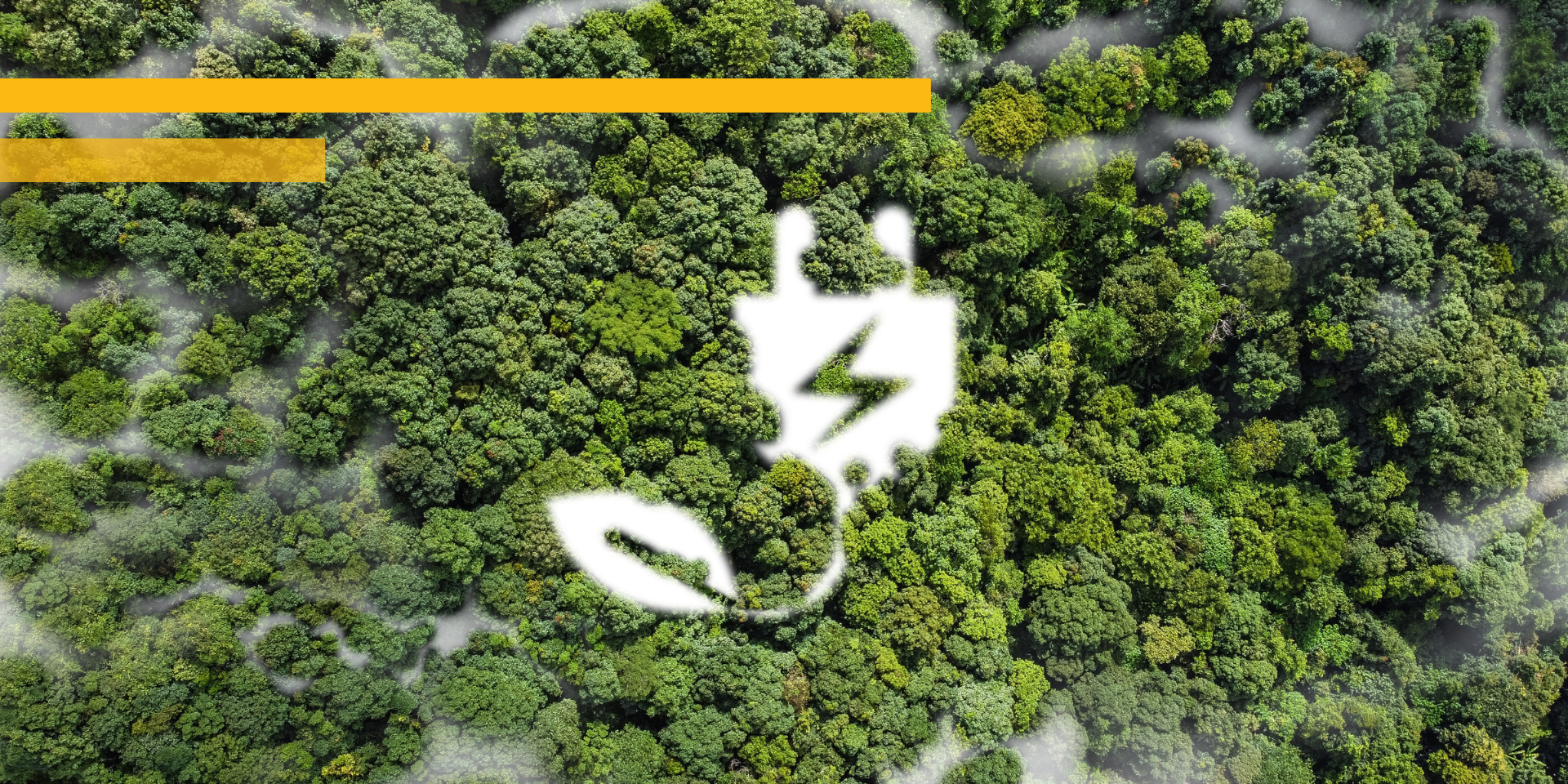South Australia has led the way again wrestling with the energy transition … evident from two Yellow Canary events last month. Here is what happened and what it means for all of us, EnergyByte reports.
Case 1: Little yellow canary
There have been 3 distinct changes to intraday prices happening over the last few years, and these are:
- daytime prices are softening
- the evening peak is rising and becoming more volatile
- overnight prices are rising
This dynamic of changing intraday prices is evident from the chart below which compares the normalised SA spot prices for 2017 and 2020. The overnight prices are now closer to the average than previously. The midday prices are swapping from being above the average price, to sitting below the average. And finally, the evening peak prices are becoming much greater than the average, and persist all the way through to midnight or early hours of the morning.
Each morning at 8:00am we send an automated email to a group of our clients if any forecast price exceeds $300/MWh, which was the case on Tuesday 6 March.
You may well ask, “What is so interesting about that?”
The spot price alert was not for critical afternoon hours, nor was it for the evening peak, it was in fact … for 4:00am in the morning! “What universe do we live in?”, I hear you say.
As it transpired, the forecast high price event disappeared.
Our price forecasting modelling shows it won’t be long before the traditional off-peak prices will consistently overtake peak prices. The cheapest time of the day won’t be when our head rests on the pillow, but rather when the sun is shining brightly. For many businesses who geared their operations around cheap overnight power, will soon re-engineer their operations to capture lower daytime prices. Of course, this assumes the Retail market passes through an appropriate price signal using a better constructed tariff (here is hoping).
Case 2: Big yellow canary
The next Yellow Canary event occurred on Friday 12 March following the lowest February average price in SA for 18-years.
The passive looking black swan gliding over the water … stirred and struck.
Spot prices took-off, reaching the maximum half hour spot price of $14,348/MWh. This event did not occur during a hot afternoon; nor at the new critical peak period of 6:00pm, although it did start a little later just before 6:30pm local time and then lasted until 1:30am the next day. Shown below are the half hour prices during Friday and Saturday where the maximum price occurred at half hour ending 8:30pm local time (8:00pm EST).
As is the common practice for extreme risk events to occur, many factors needed to align, and this is what happened in this case:
- Heywood interconnector planned outage reduced transfer capacity from Vic
- Solar generation retired for the day
- Wind levels were calm and expected to drop further through the night
- A fire at the Torrens Island substation, tripped Barker Inlet gas plant
- Constraints were imposed on Lake Bonney 2 and 3 wind farm
- Other generation constraints and availability issues
The chart below shows the generation mix across the two days of Friday and Saturday. The contribution from wind was extremely low bottoming out at 21MW for the half hour ending 9:00pm, just after the big spike. You can click on the legend on the chart to turn on, or off fuel types to help your understanding of the dynamics.

By turning off all fuel types in the chart except for Battery, you can see that the batteries were dispatched on the first spike, but by the time the later and larger spikes eventuated, their capacity was reduced. The lesson here is that the art and science of dispatching a storage asset with a finite amount of energy creates risks and potentially sub-optimal results due to the vagaries of the uncertainty of future prices. This challenge is further heightened when co-optimising energy and FCAS markets.
Conclusion
The energy market is transitioning at a rapid rate, and not without its challenges.
SOURCE
SA the yellow canary … again (Energy Byte)
PHOTO
David Clarke / Flickr / CC 2.0



